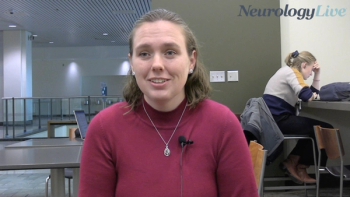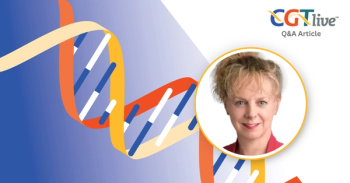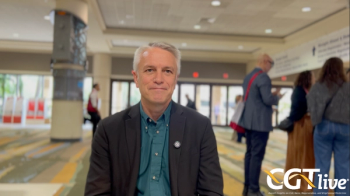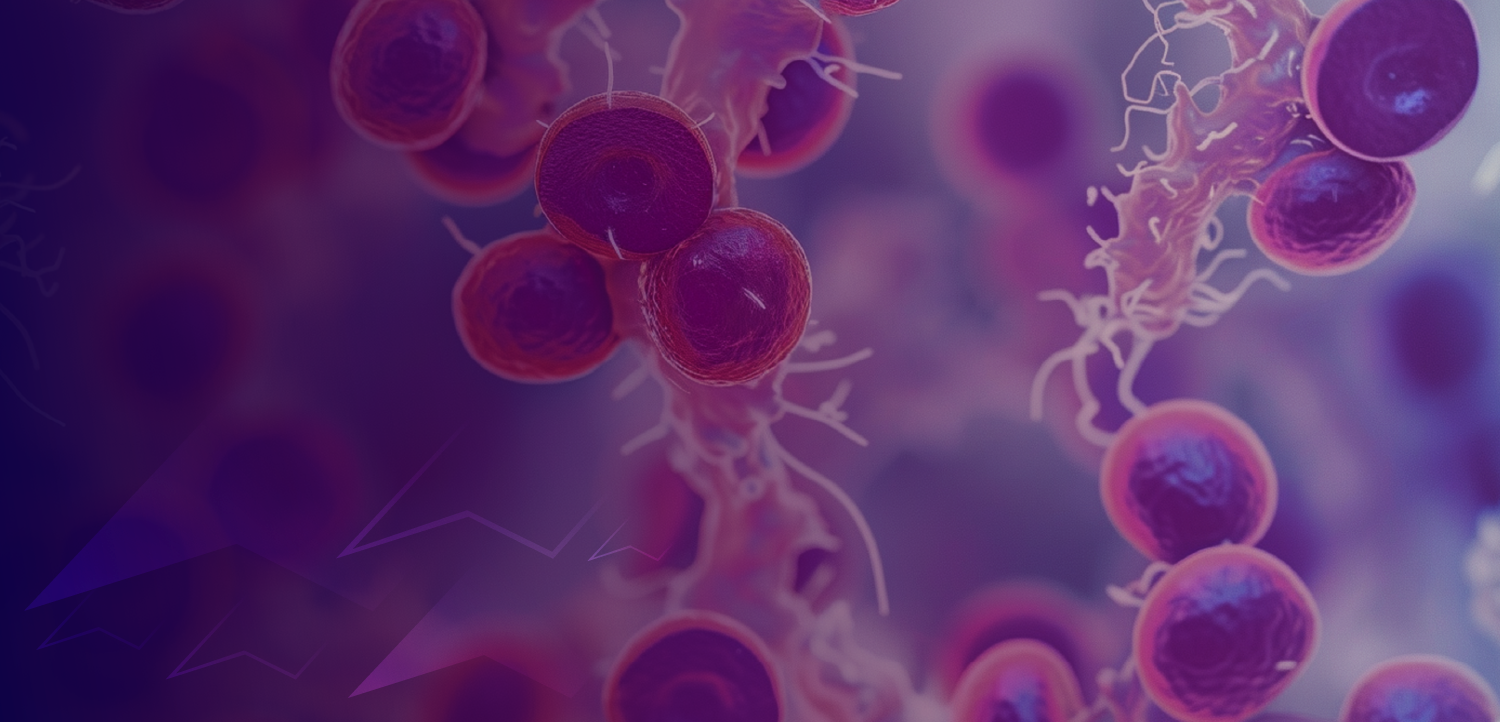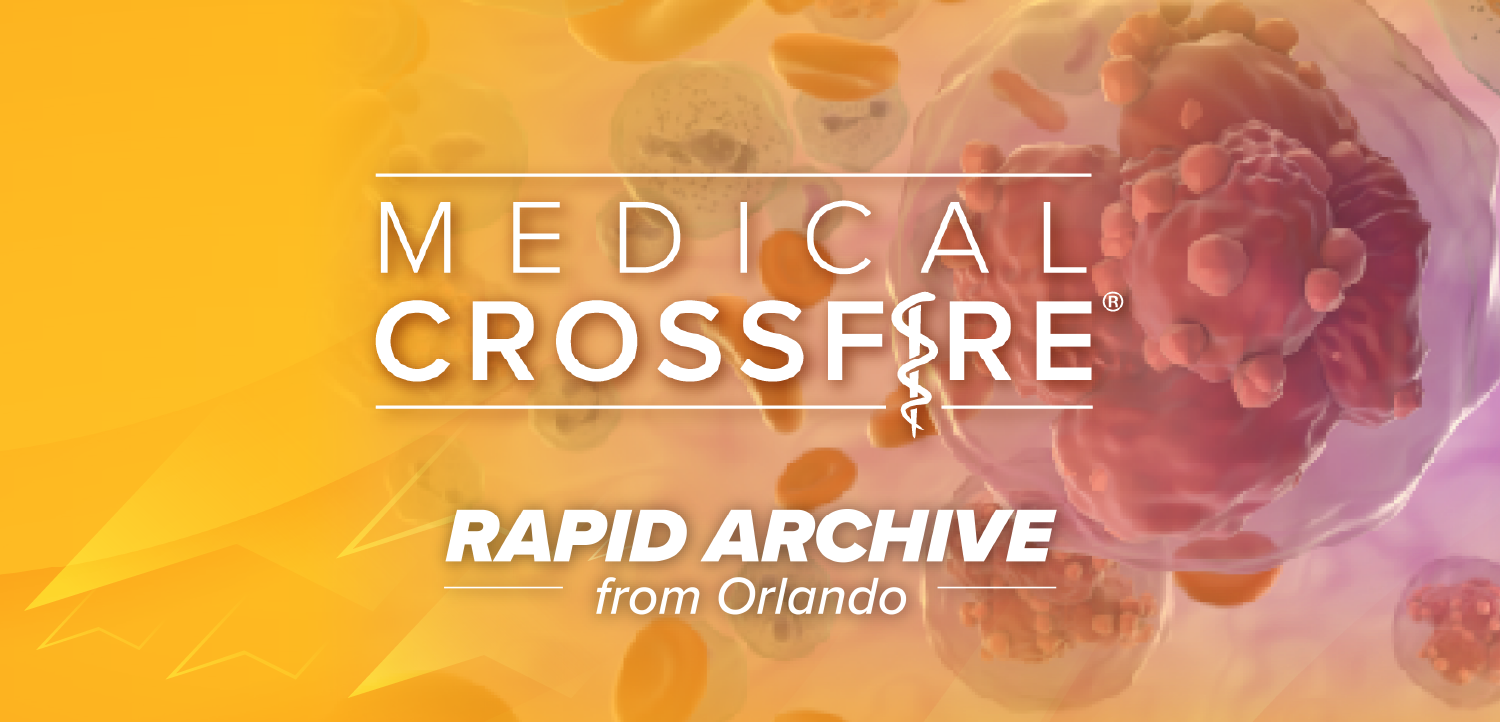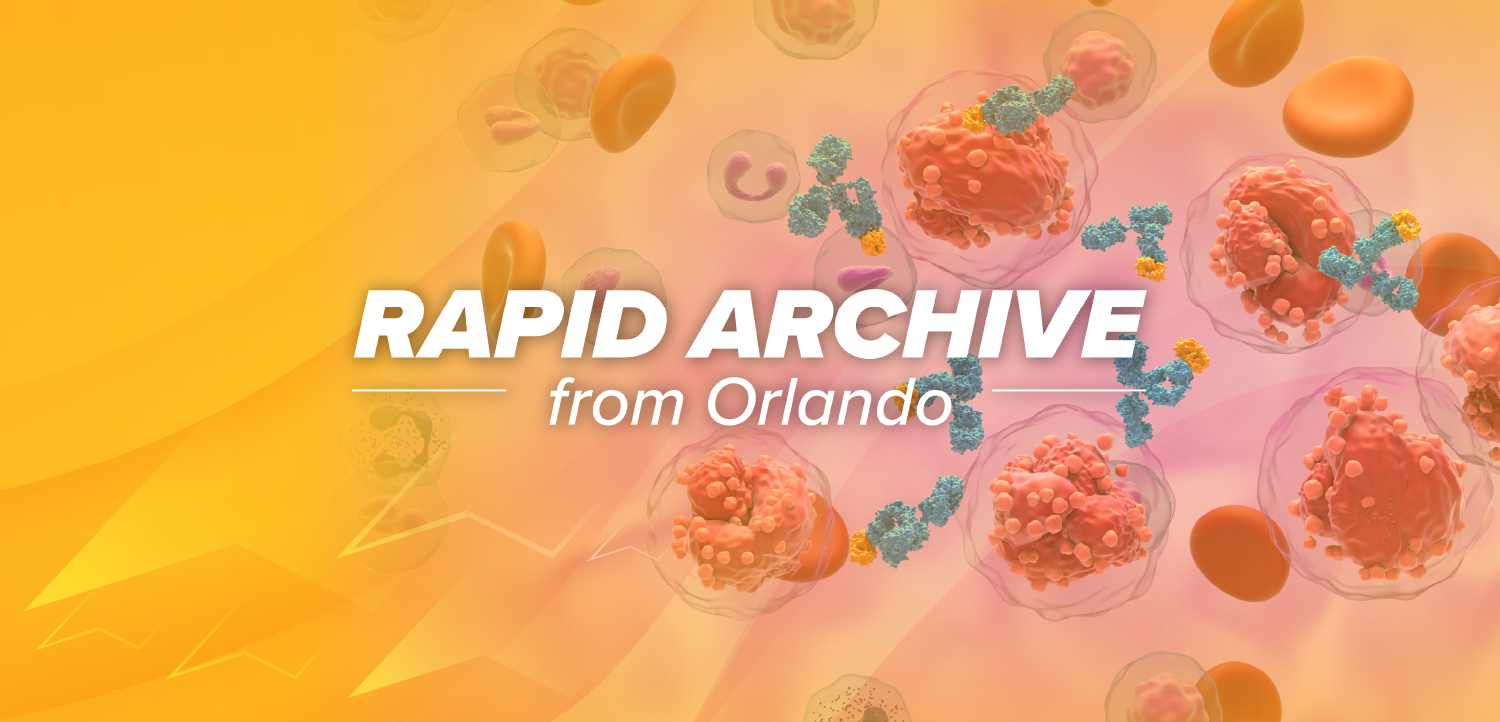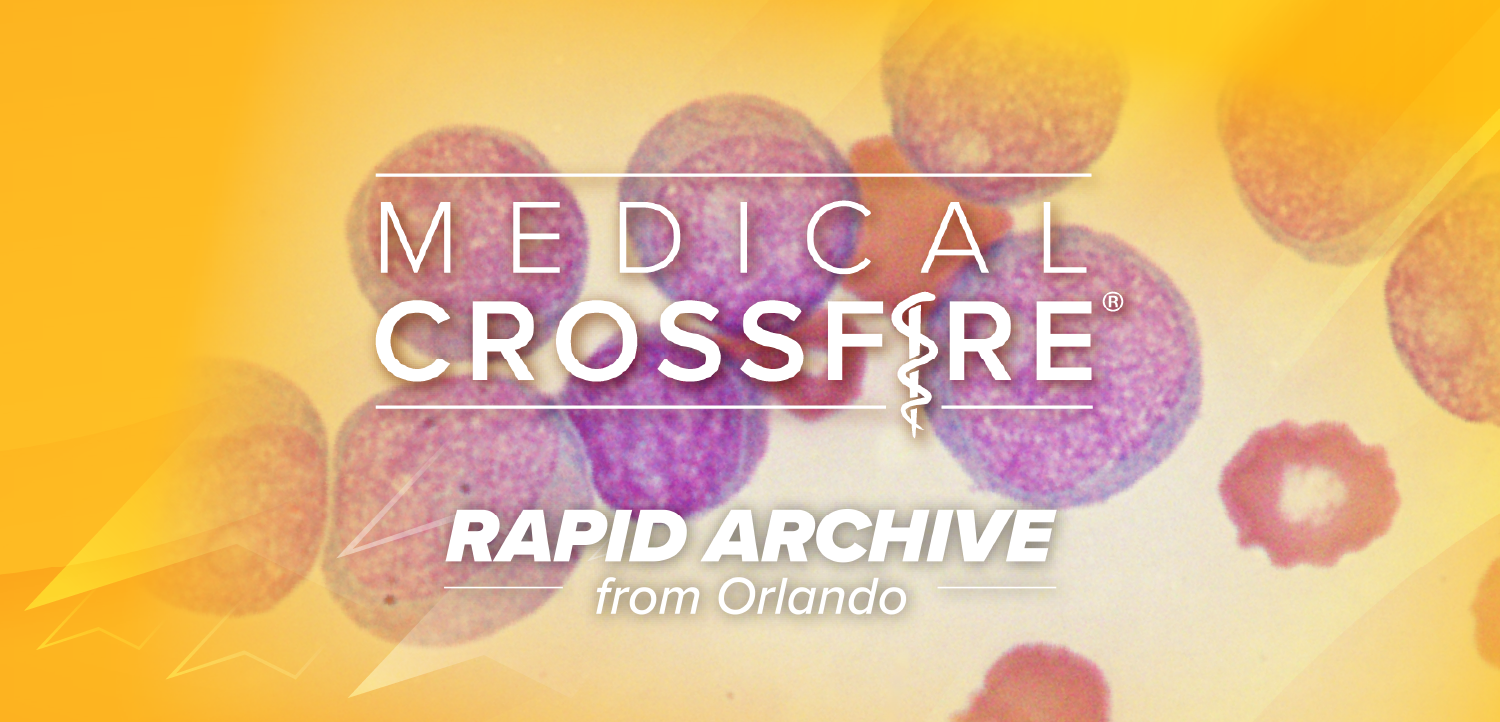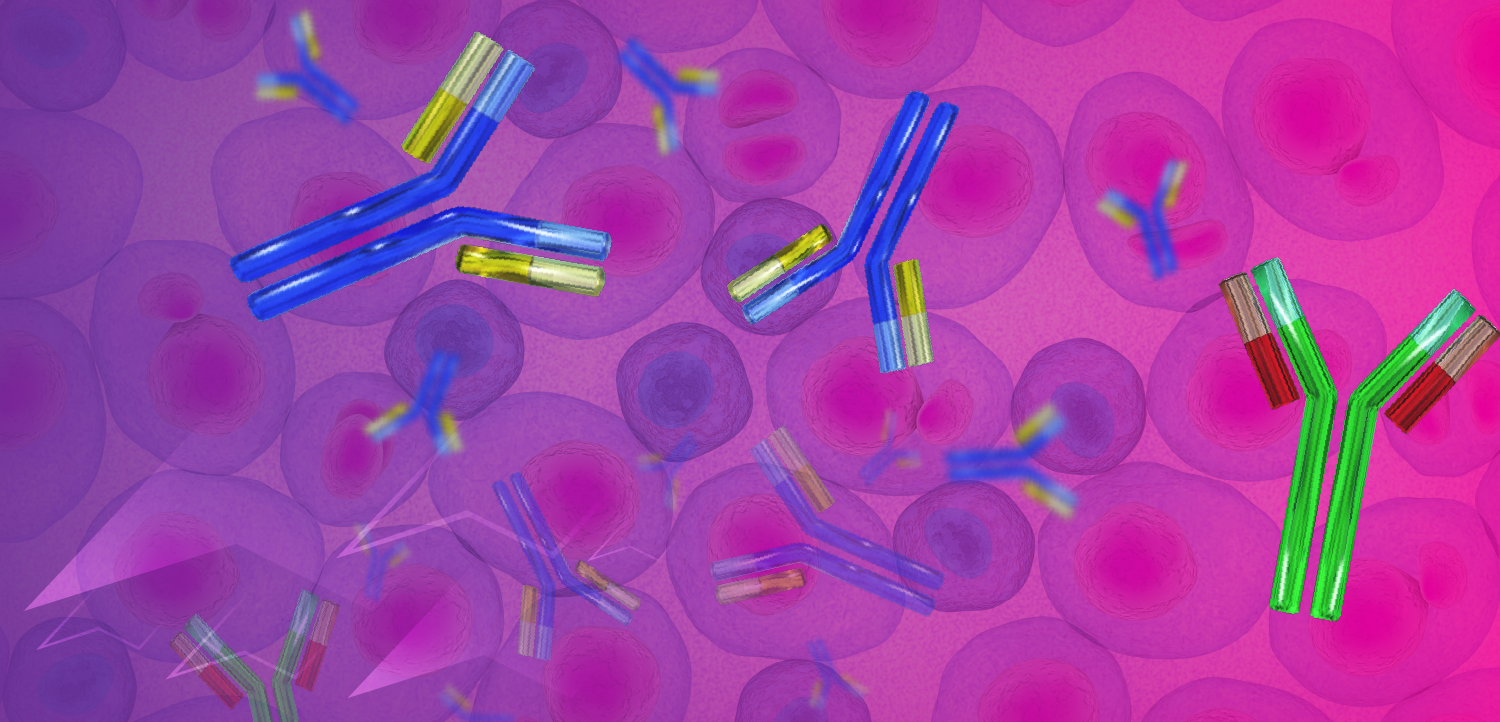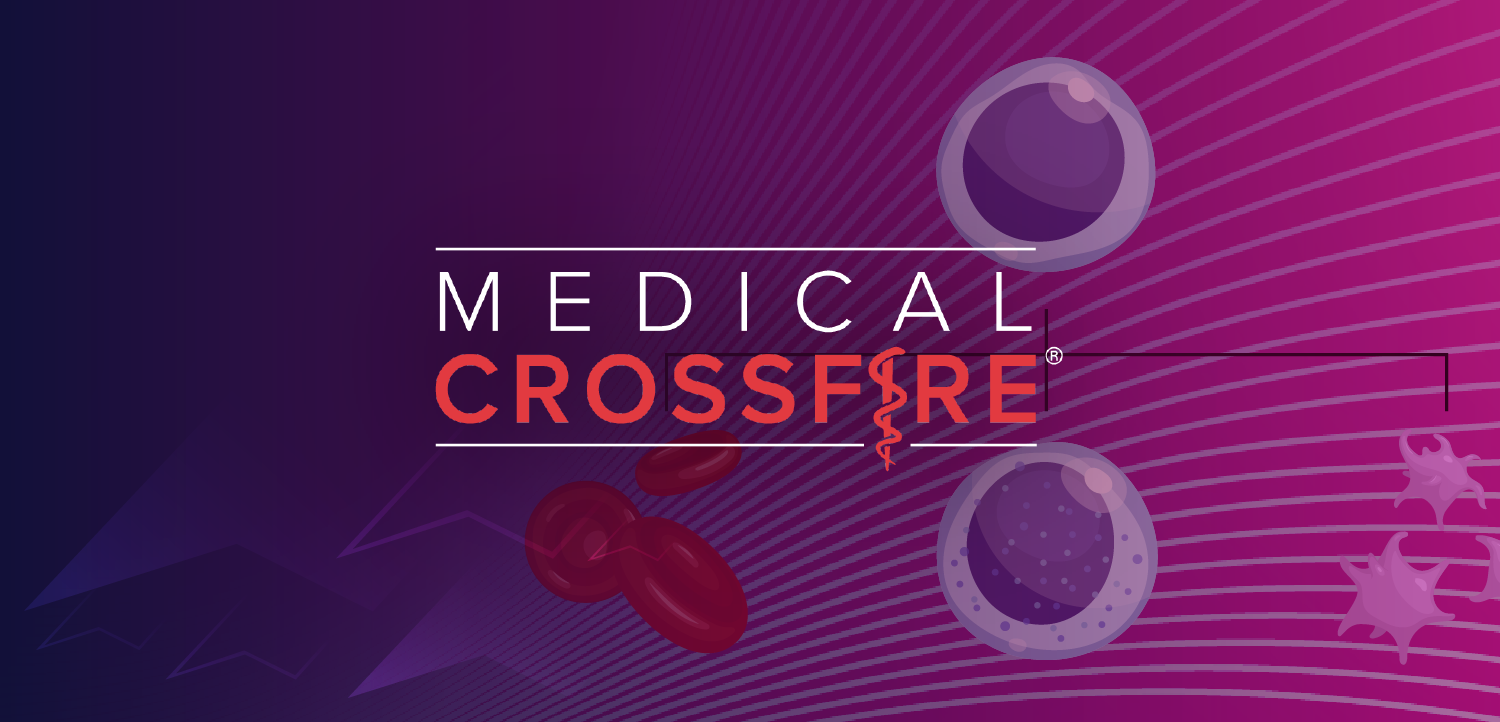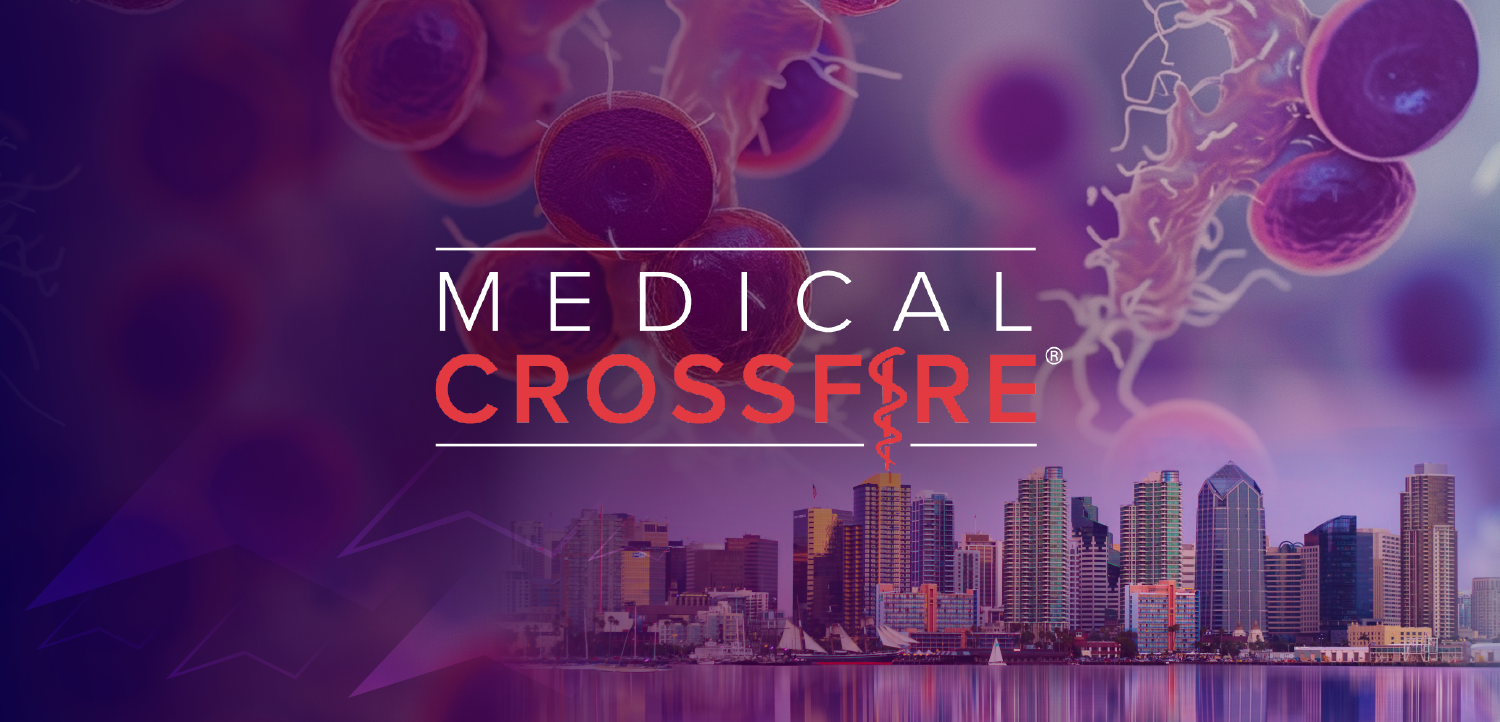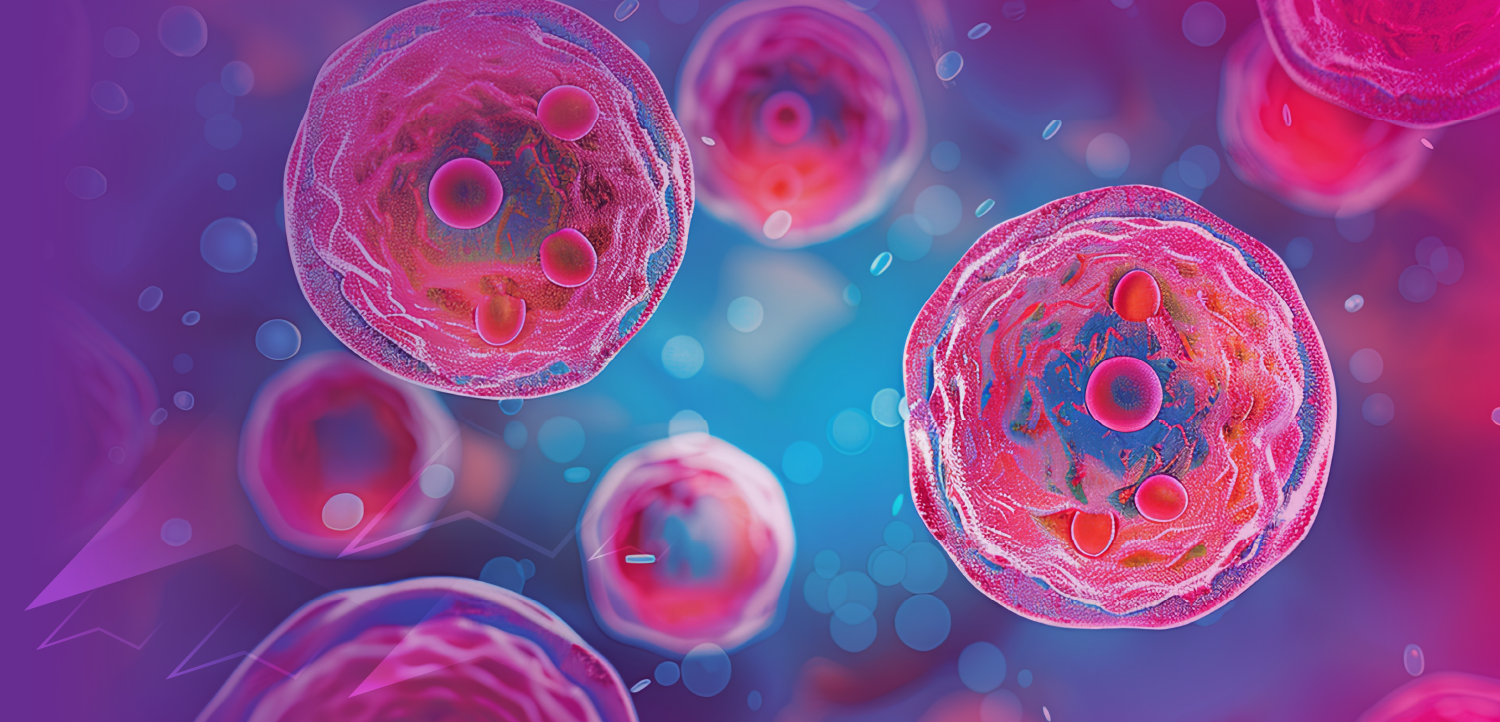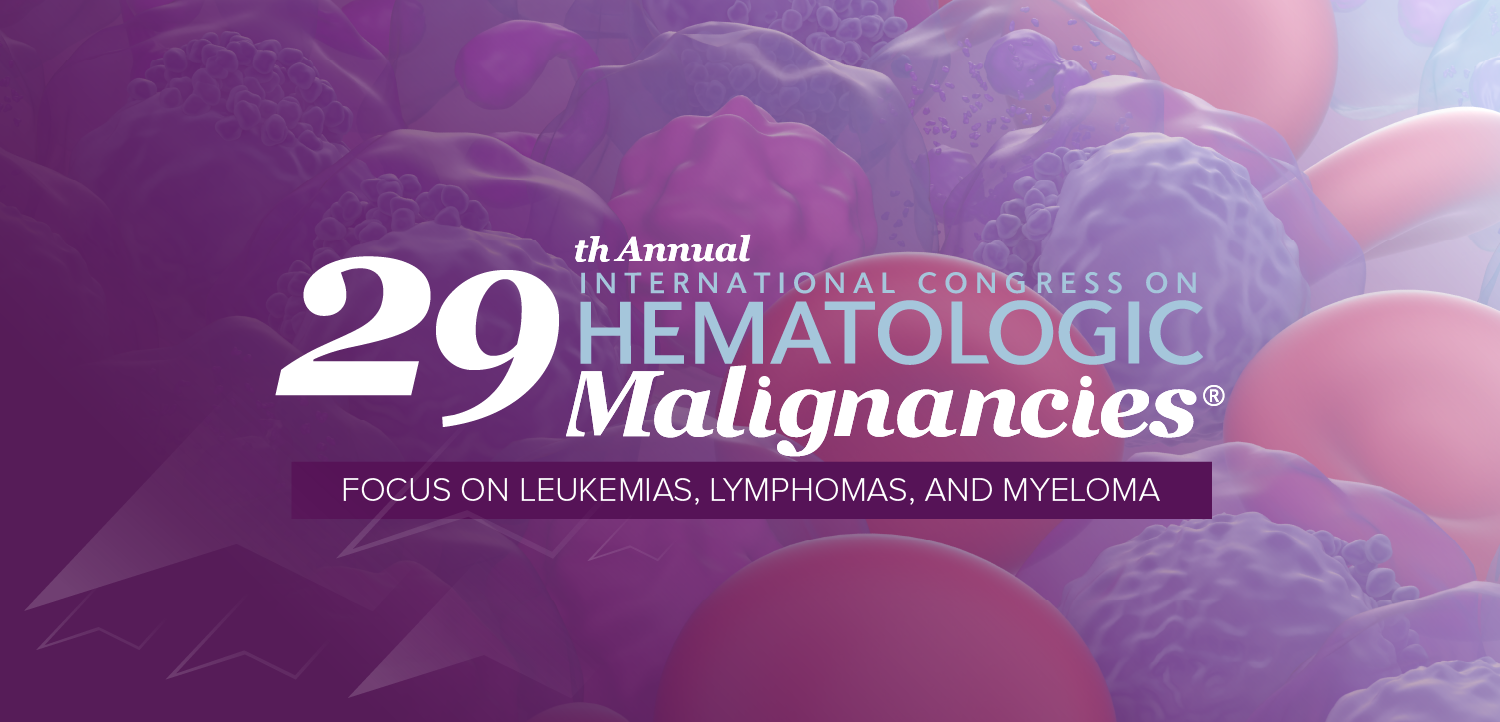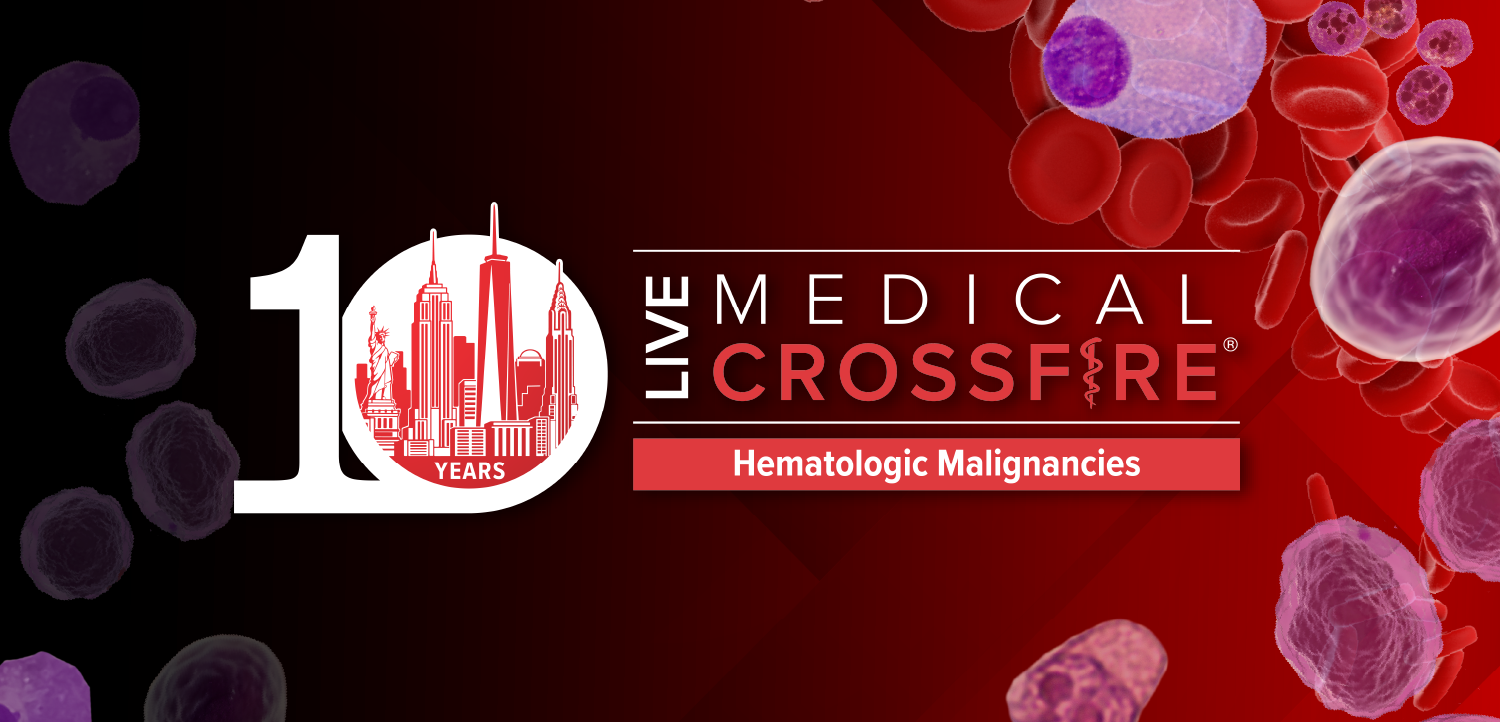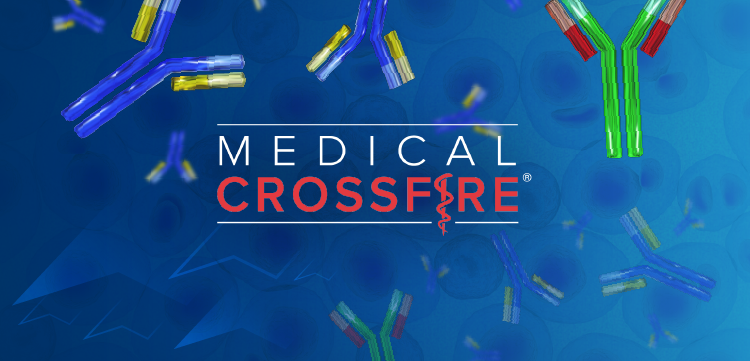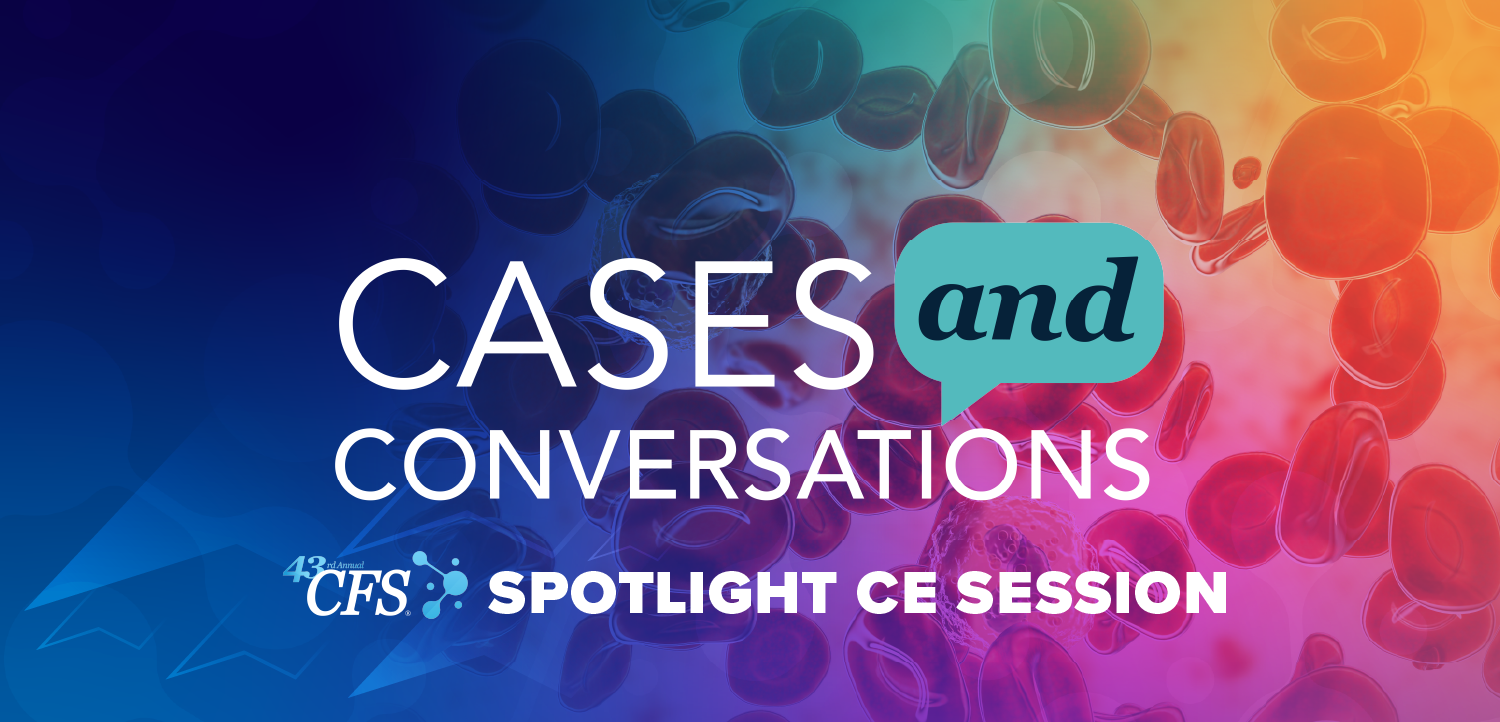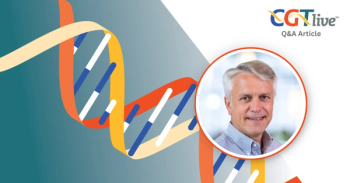
Orthopedists Consider Gene Therapy, Stem Cells for Bone Injuries
From the American Association of Orthopedic Surgeons
CHICAGO—The field of orthopedic surgery is moving beyond casting, pinning, and mechanical joint replacement to treat musculoskeletal conditions, such as fractures and arthritis. With new treatments on the horizon, a panel of orthopedic surgeons at the annual meeting of the American Association of Orthopedic Surgeons explained how advances in gene therapy and stem cells are improving treatment of joint and bone ailments.
Some surgeons are using stem cells instead of autografts in patients with slowly healing fractures. Autografts require an incision over the pelvis to remove part of the patient’s own pelvic bone, which can cause discomfort. This procedure also introduces the risk of infection and bleeding. The use of a patient’s own stem cells can eliminate these potential problems.
Matthew L. Jimenez, MD, an orthopedic surgeon at the Illinois Bone and Joint Institute, Morton Grove, Ill, reported on the results of an ongoing phase 2 trial to determine the safety of using stem cells in patients with nonunion fractures that typically heal poorly. In this trial, stem cells are first removed from a patient’s iliac crest by using a bone marrow aspirate and are then combined with sterilized allograft fragments in a lab. This mixture, which has the consistency of wet sand, is then applied to the fracture nonunion site during surgery to enhance healing. Dr Jimenez reported good healing and no adverse events at 24 weeks in 7 of the 32 patients initially enrolled in the trial.
"I believe that tissue engineering is the future." ?Matthew L. Jimenez, MD
This is the first advanced trial of stem cells in nonunion fractures in North America, but Dr Jimenez postulates that many patients will ultimately benefit from this treatment. “I believe that tissue engineering is the future,” he said.
Orthopedists are also using gene therapy to improve fracture management and decrease the need for multiple surgical procedures. Regis J. O’Keefe, MD, PhD, director, Center for Musculoskeletal Research, University of Rochester Medical Center, New York, investigates how to introduce genes into bone-forming mechanisms. The new procedure could improve the functions of bone-forming cells, thereby increasing bone formation.
When injured bone is replaced with conventionally donated bone, the donor bone is dead and tends to fracture in as many as one third of cases. But the placement of genes that can induce bone formation on the surface of the dead bone can signal the surrounding tissue to bring the bone back to life. Currently gene therapy uses viruses as vectors to bring the gene inside the cell. Dr O’Keefe is looking for safer alternatives to deliver the gene to the cell.
Currently 2 clinical trials are underway that evaluate gene therapy to decrease musculoskeletal inflammation in disorders such as arthritis.
Newsletter
Stay at the forefront of cutting-edge science with CGT—your direct line to expert insights, breakthrough data, and real-time coverage of the latest advancements in cell and gene therapy.

